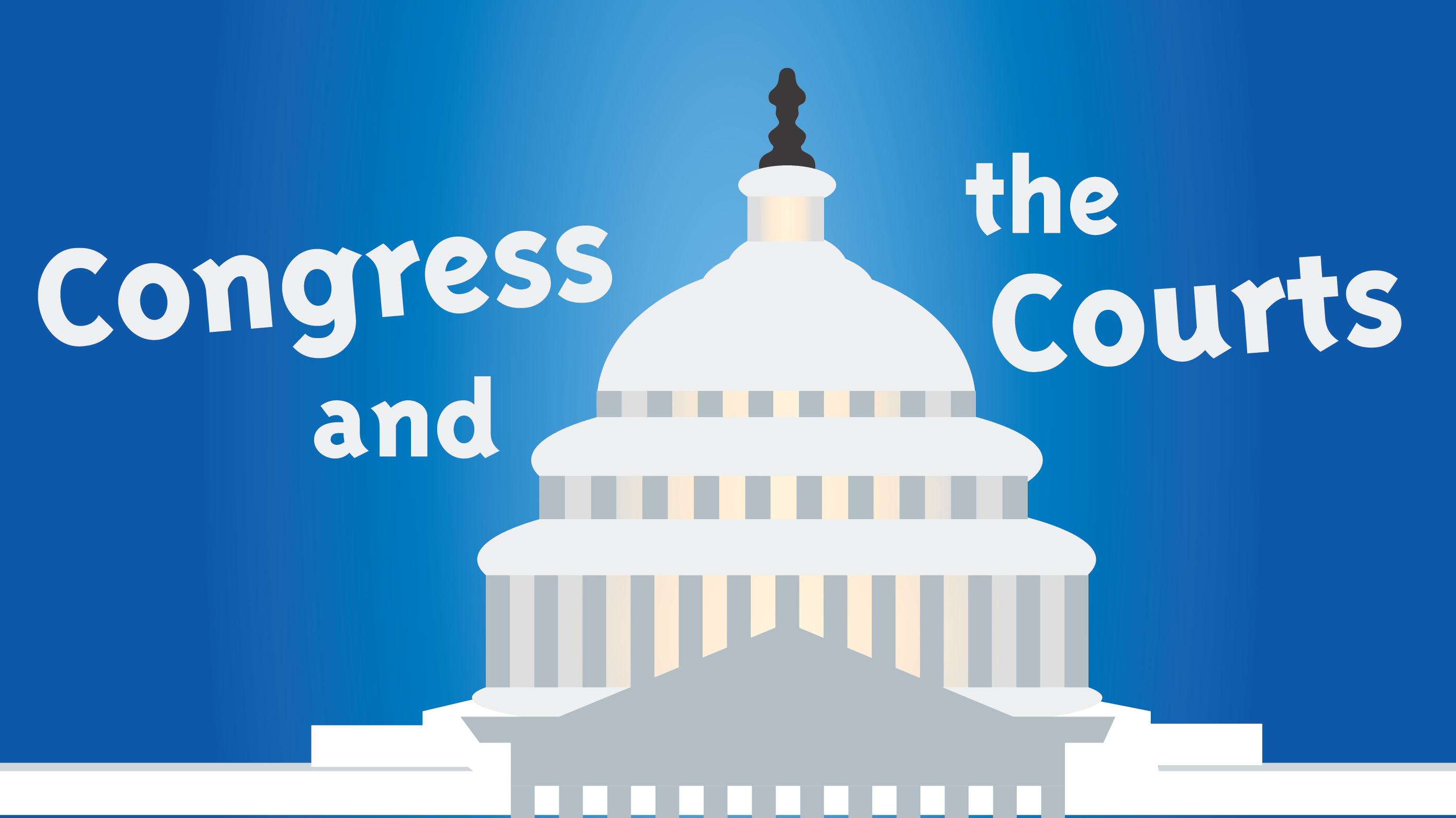
It’s been a decade, increase minimum wage
By: Marissa Sison, Columnist
Views expressed in opinion columns are the author’s own.
On July 24, 2009, the federal minimum wage was raised to $7.25. For over ten years, this rate has remained the same. The already low minimum wage is even lower for employees that are disabled, full-time students or employees younger than 20 during the beginning of their employment. As of 2021, there are more than 1.6 million workers in the United States (U.S.) earning $7.25 or less per hour and increasing the minimum wage would help all of them.
Even without taxes being taken out, a full-time worker earning minimum wage is likely not even able to afford housing by themselves because the national average price of rent for a studio apartment, according to rent.com, is higher than the amount they are earning.
I, along with a majority of Americans, believe that it needs to be increased. Ipsos, a global market research firm, recently conducted a poll regarding public opinion on minimum wage that included over 6,000 people. The results demonstrate that eight out of 10 Americans believe the current minimum wage is too low and about two-thirds of Americans support a $15 minimum wage.
Despite support from majority of Americans, the Senate refused to include a minimum wage increase when voting on what would be included in the coronavirus relief package. All of the support it got came from senators of the Democratic party, but without the votes from seven of the Democratic senators and every one of the 50 Republican senators, it was not enough to get the bill passed.
A $15 minimum wage would increase the earnings of more than 30 million workers, which make up about 20% of the workforce. Many minimum wage workers are also the essential workers that people have continuously thanked during the pandemic without giving any additional support. Additionally, raising the minimum wage to $15 would have a substantial impact on minority communities, reducing overall poverty, which affects Black and Latinx people at elevated rates.
About one-third of Black workers and one-fourth of Latinx workers make less than $15 per hour. Furthermore, in 2021, 66.6% of the workers who earned the federal minimum wage or less were women, so a minimum wage increase would predominantly benefit Black and Latina women. The Washington Post estimates that about 39% of Black women and 46% of Latina women would be positively impacted by a $15 minimum wage. While it is not a solution for the race- or gender-wage-gap, a higher minimum wage would be an effective step towards lessening the disparity for these communities.
In 1938, the Fair Labor Standards Act, which first put minimum wage into place, was included in the New Deal that President Franklin D. Roosevelt put into place in order to eliminate unnecessarily long workweek hours and starvation wages, but I do not believe the current minimum wage adequately fulfills those needs in today’s economy if full-time workers struggle to afford necessities like housing. Therefore, an adjustment should be made.


Your article gave me a lot of inspiration, I hope you can explain your point of view in more detail, because I have some doubts, thank you.
Your article gave me a lot of inspiration, I hope you can explain your point of view in more detail, because I have some doubts, thank you.